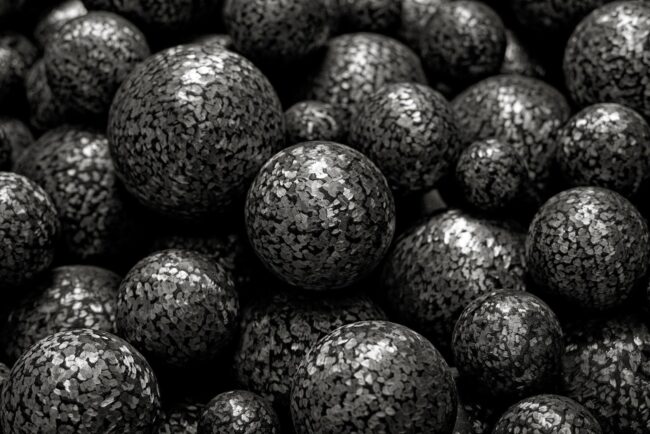Umar Nawaz (b.1989) is a sculptor and installation artist who lives and works in Lahore. He is known for his Stainless Steel surfaces, which are
Umar Nawaz (b.1989) is a sculptor and installation artist who lives and works in Lahore. He is known for his Stainless Steel surfaces, which are often manipulated with mechanical and hardware gear to create intricately detailed compositions. He has exhibited his work in solo and group exhibitions at Canvas Gallery, Pakistan National Council of Arts and Khaas Contemporary to name a few. He was a resident in Mansion Artist (2018) and Pioneer Cement Factory (2017) residencies and received a BFA from the National College of Arts, Lahore in Fine Arts. He has taught university courses about sculpture, installation and 3 Dimensional Art in his Alma Mater as well as Beaconhouse National University.

Umar Nawaz’s work involves the pragmatic reformation of a selected material that is otherwise deemed redundant, examining its inherent qualities. He employs a variety of techniques to explore observations and insights related to the material. Through these experiments, he uncovers forms that reveal intricate details and unique textures. When these elements are magnified in scale, they highlight the nuanced behaviors of the material that may typically remain concealed.
The surface of his choice conjures a vivid image, often associated with sleekness, durability, and a polished sheen that reflects light in alluring ways. However, when viewers first encounter these artworks crafted from such material, they might instinctively align their expectations with traditional ideas of what ‘stainless steel’ typically represents; smooth surfaces and a cold, industrial feel. As they investigate the aesthetic experience, they witness a drastic shift in their understanding.
Such is the practice of Umar Nawaz in his upcoming show “Decennium” where he showcases his selection of specified materiality, focusing on enhancing its innate properties through the years. Frequently, Stainless Steel is depicted as sturdy and bleak, however through Nawaz’s exploration, one can witness the underscored subtle complexities and characteristics that define the material’s nature that are concealed otherwise.
Custom-made tools are a crucial part of his artistic process. Not forgetting that they are the same devices that are employed to carry out mundane activities about construction work given the choice of material. Somehow the visuals they render are representational yet not fully so at the same time. Some pieces are akin to a child playing with a new set of crayons as they bear random markings on them, yet other artworks display carefully planned techniques.
Sometimes, these visuals are extended beyond the surface, taking on three-dimensional forms or hanging on walls without a foundation. The bareness of these forms advocated for the malleability of the material which does not necessarily require a surface.
The term ‘Stainless steel’ often evokes images of shiny material, but Umar Nawaz takes it further by unveiling a hidden secret of textures reflecting nature’s intricacies. His wall installations explore shades from white to gray, dusty brown, and black, transforming the material into a narrative of transience. Some pieces seem to obscure light, creating an ironic tension as the surface hesitantly reveals itself to the viewer. This quiet acceptance emerges from the interwoven roots and veins, infusing representational memory as the artwork connects with a sense of familiarity.
His approach towards mark-making thrives on the uncertainty of the result, inviting spontaneity and exploration at various stages. His creative process is distinctly unplanned which is an act of experimentation that encourages the artist to embrace the unexpected, guiding to distinctive forms and expressions that evolve organically.
The examination of Umar Nawaz’s practice reveals a clear relationship between cause and effect, emphasizing how actions lead to specific outcomes. However, this understanding can often be clouded by the deceptive nature of perception, where our interpretations may not align with reality. The existence of steel lines within the material appears to be unintentional, as they have not been purposefully created but rather result from other factors at play.
